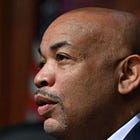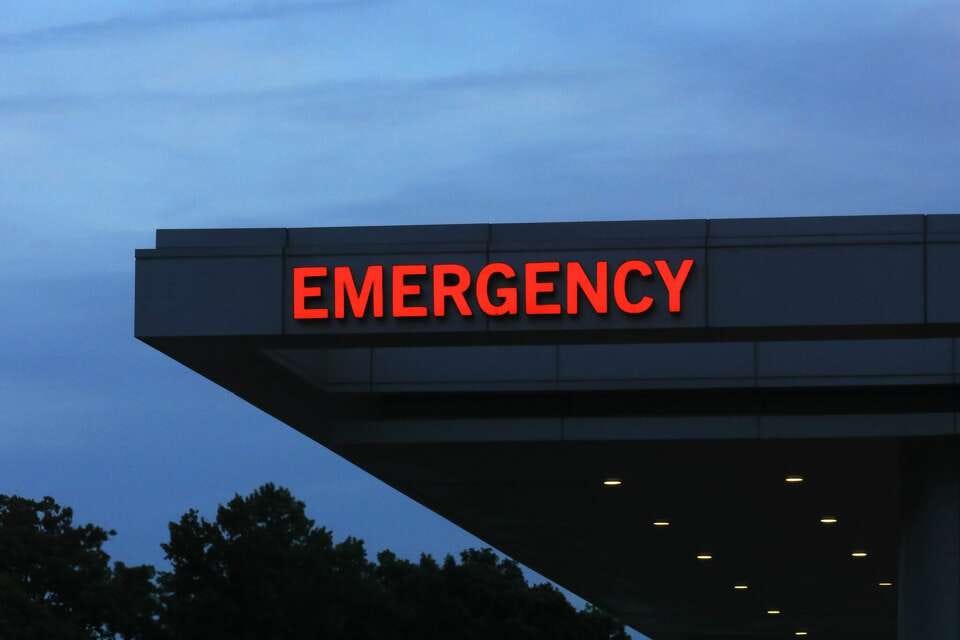New York's grim picture of rural health care
And a little-known subsidy to keep kids out of foster care could soon help more people.
Good afternoon — it’s Thursday and IPA Day.
In today’s CapCon:
Health care shortages in New York’s most rural counties are far more severe than the statewide average, according to a new state report.
At SUNY’s “Shark Tank,” everybody wins — even the losers.
The Office of Children and Family Services wants to make a rarely used statewide subsidy that keeps kids out of foster care more accessible.
After an outbreak of Legionnaire’s Disease killed at least three people in recent days, a new bill seeks to prevent another outbreak.
Hochul will decide this year if police in New York, including the NYPD, can conceal radio transmissions from emergency services and the press.
Names in today’s CapCon: Carl E. Heastie, Tom DiNapoli, John B. King, Jr., Cordelle Cleare, John Liu, Karines Reyes, Michael Gianaris, Leroy Comrie, Robert Jackson, Peter Harckham, Carrie Woerner
🔊 CapCon Pod: Assembly Speaker Carl E. Heastie joined us for a new edition of the Capitol Confidential podcast released Thursday. We talk about redistricting, his beef with former Chief Judge Janet DiFiore, federal funding and his favorite upstate foods.
Find that wherever you get podcasts, on the Times Union’s website or on Substack.
📊 Severe health care shortages persist in New York’s rural counties
You don’t need me to tell you that health care is harder to access in New York’s most rural communities.
But we now have new data on how severe that shortage is, courtesy of a report released Thursday by state Comptroller Thomas P. DiNapoli. His office looked at access to health care in 16 of New York’s most rural counties.
Those counties were Allegany Cattaraugus, Chenango, Delaware, Essex, Franklin, Greene, Hamilton, Herkimer, Lewis, Schuyler, Steuben, Sullivan, Washington, Wyoming and Yates.
There are several findings in the report that stick out. One that I won’t get into is the impact less Medicaid funding from the federal government could have in those areas.
But the topline result of the report isn’t much less startling: there is an average of only four primary care physicians for every 10,000 people across those 16 counties.
That’s less than half the statewide average of 8.1 primary care physicians per 10,000 people, which still isn’t a great ratio.
“Addressing gaps in the rural health care workforce to alleviate current shortages and plan for future demand will not only positively impact the health of people living in less populated areas of New York, but could also create new jobs and bolster our rural economies,” DiNapoli said in a statement.
There are two broad categories of solutions recommended in the report.
Keep reading with a 7-day free trial
Subscribe to Capitol Confidential with Dan Clark to keep reading this post and get 7 days of free access to the full post archives.




